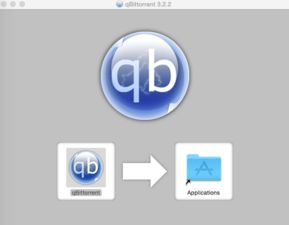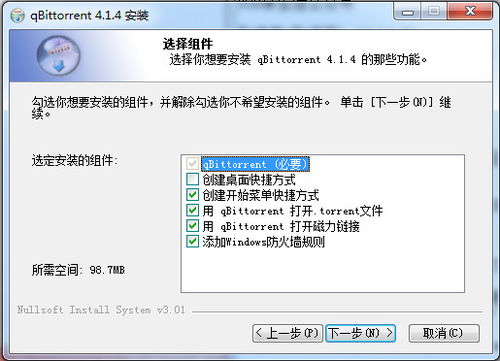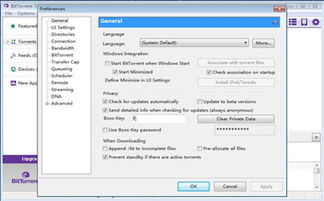
BitTorent: A Comprehensive Guide
BitTorrent, often abbreviated as BT, is a peer-to-peer (P2P) file-sharing protocol that allows users to share large files with each other. It’s a popular choice for downloading movies, music, software, and other types of digital content. In this article, we’ll delve into the intricacies of BitTorrent, exploring its history, how it works, its advantages, and its legal implications.
History of BitTorrent

BitTorrent was created by Bram Cohen in 2001. The protocol was designed to improve the efficiency of file-sharing by breaking files into smaller pieces and distributing them across multiple peers. This approach reduces the load on individual servers and speeds up the download process.
How BitTorrent Works

When you use BitTorrent, you download a file in pieces. Each piece is a small part of the file, and these pieces are distributed to other peers in the network. As you download pieces, you also upload pieces to other peers, which helps to balance the load and ensure that the file is available to others.
Here’s a simplified breakdown of the process:
| Step | Description |
|---|---|
| 1 | Peer 1 requests a file from the tracker. |
| 2 | The tracker provides a list of peers that have the file. |
| 3 | Peer 1 connects to Peer 2 and starts downloading pieces of the file. |
| 4 | Peer 1 also uploads pieces of the file to Peer 2. |
| 5 | This process continues until Peer 1 has downloaded all the pieces. |
Advantages of BitTorrent

There are several advantages to using BitTorrent:
- Speed: By downloading from multiple sources, BitTorrent can be significantly faster than traditional download methods.
- Efficiency: The protocol is designed to optimize the use of bandwidth and minimize the load on servers.
- Redundancy: If one peer goes offline, the file is still available from other peers.
- Small Footprint: BitTorrent clients are generally lightweight and consume less system resources.
Legal Implications
While BitTorrent itself is a legal protocol, it’s often associated with illegal file-sharing. Many popular torrent sites host copyrighted material without permission, which is a violation of copyright laws. It’s important to use BitTorrent responsibly and only download content that you have the right to use.
Here are some legal considerations:
- Copyright Infringement: Downloading copyrighted material without permission is illegal in many countries.
- ISP Monitoring: Some ISPs monitor and throttle BitTorrent traffic, which can lead to slower download speeds or even legal action.
- Security Risks: Using BitTorrent can expose you to malware and other security risks, especially if you download files from untrusted sources.
Choosing a BitTorrent Client
There are many BitTorrent clients available, each with its own features and capabilities. Some popular options include qBittorrent, uTorrent, and BitComet. When choosing a client, consider the following factors:
- Features: Look for a client that offers the features you need, such as magnet links, torrent search, and bandwidth control.
- Performance: Choose a client that is known for its speed and stability.
- Security: Make sure the client has good security features, such as encryption and malware protection.
- Community Support: A strong community can provide valuable support and resources.
Related Posts
french onion soup bites,French Onion Soup Bites: A Culinary Delight for Your Taste Buds
French Onion Soup Bites: A Cul…
bit lip sore,Understanding Bit Lip Sore: A Comprehensive Guide
Understanding Bit Lip Sore: A …
Related Posts
french onion soup bites,French Onion Soup Bites: A Culinary Delight for Your Taste Buds
French Onion Soup Bites: A Cul…
bit lip sore,Understanding Bit Lip Sore: A Comprehensive Guide
Understanding Bit Lip Sore: A …



